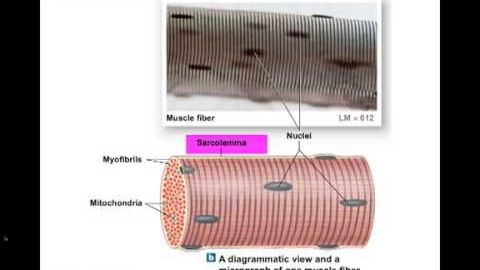
字幕と単語
動画の中の単語
individual
US /ˌɪndəˈvɪdʒuəl/
・
UK /ˌɪndɪˈvɪdʒuəl/
- n. (c.)個人;個々の項目;個体;個人競技
- adj.個人用の;個人の;個々の;独特の
A2 初級
もっと見る head
US /hɛd/
・
UK /hed/
- v.t./i.(ボールを)ヘディングする;先頭にいる : 最初にいる;向かう;〜の頭である;率いる
- n. (c.)一頭 : 一匹;長 : 代表;コインの表;頭;源
- n. (u.)能力;頭脳 : 知能 : 理性
A1 初級TOEIC
もっと見る call
US /kɔl/
・
UK /kɔ:l/
- n.要求;(動物の)鳴き声;予想;ちょっと訪れること;審判の判定
- v.t./i.(仕事などを引き受けるよう人に)命じる : 要求する;立ち寄る:訪問する;電話する;大声で呼ぶ : 大声で叫ぶ
- v.i.(動物の)鳴き声
- v.t.発表する : 知らせる;判定する;名づける;予想する
A1 初級
もっと見る エネルギーを使用
すべての単語を解除
発音・解説・フィルター機能を解除
